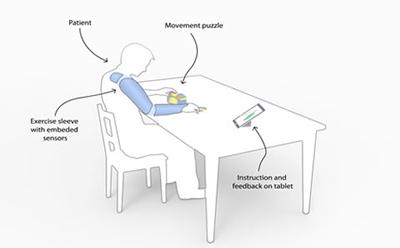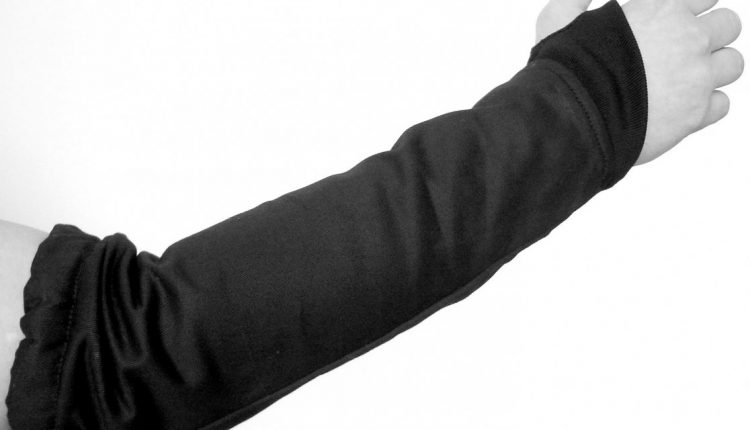Scientists at the University of Southampton have just set out to develop and test a new kind of wearable technology that slips on a stroke victim’s arm to assist with recovery.
The wireless sleeve will be able to provide information about the patient’s muscle movements and strength while they go about their day-to-day tasks at home. The data will be sent to a mobile device or tablet so that patients can review their own progress and therapists can gear rehabilitation regimens.
“About 150,000 people in the UK have a stroke each year and, despite improvements in acute care that results in better survival rates, about 60 per cent of people with moderate to severe strokes fail to recover useful function of their arm and hand,” said Professor Jane Burridge, who will lead the research project.

This the first kind of wearable technology that will incorporate mechanomyography (MMG), microphone-like sensors that detect the vibration of a muscle when it contracts, and inertial measurement units (IMU). It will also come equipped with tri-axial accelerometers, gyroscopes and magnetometers that detect movement. Data from these sensors will be combined and excess noises that are picked up as data will be removed from the muscle signal.
Using the technology, therapists will use the information to help diagnose specific movement problems, and monitor progress, in effect increasing efficiency and effectiveness of therapy.
“We hope that our sleeve will help stroke patients regain the use of their arm and hand, reduce time spent with therapists and allow them to have the recommended 45 minutes daily therapy more flexibly. It will also be used to assess patients’ problems accurately as well as more cheaply and practically than using laboratory-based technologies,” said Burridge.
The team will now work with medical device consultants to develop wearable prototypes and graphical user interfaces which will then be tested on live patients. They will test the user interfaces, wireless connectivity and examine how easy the sleeve is to wear, as well as potential financial savings.
Story via University of Southampton.


Comments are closed, but trackbacks and pingbacks are open.